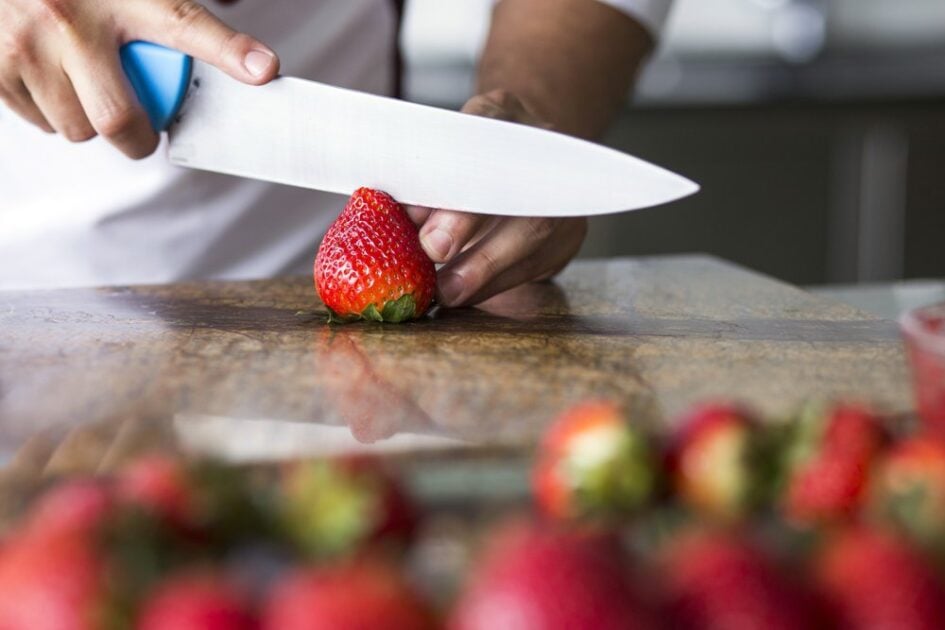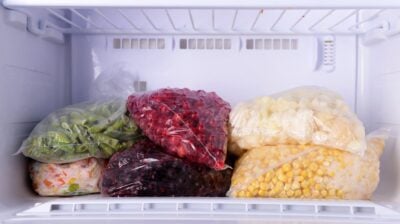How to practice good food hygiene
Keep the germs away and stay safe in the kitchen

There’s nothing worse than picking up a stomach bug as a result of food poisoning. However, it is far more likely that you are feeling unwell because of poor kitchen hygiene and the transfer of germs between kitchen surfaces, or other foods whilst cooking. You can reduce the chance of food poisoning by following the four c’s of kitchen hygiene.
Avoiding cross contamination
One of the biggest causes of food poisoning is cross contamination. This is when harmful germs on one food are accidentally passed to other foods – usually from a person’s hands or kitchen utensils. Cross contamination can be easily prevented by following a few simple rules.
Wash your hands with soap and clean warm water before touching food and immediately after handling raw food (e.g. meat, eggs), handling bins, touching pets, or going to the toilet.
Cleaning your kitchen
- Clean and disinfect all surfaces immediately after preparing food
- Always use different chopping boards for raw and ready-to-eat foods
- Surfaces and utensils should be cleaned with hot water and antibacterial spray before being used
- Try to ‘clean as you go’
- Cover food or keep it in sealed containers to stop germs getting in
- Store and prepare raw food away from cooked and ready-to-eat foods
- Keep any pets or animals away from food preparation and eating areas
- Wash your dish cloths, sponges and drying cloths regularly in a hot wash
- All kitchen cloths should be washed frequently and replaced regularly, at least every 2 days
- Avoid using your dish cloth to dry your hands, instead have a separate towel for that
Cooking food safely
Cook food thoroughly. Any cooked food that will not be eaten straight away should be covered and refrigerated or frozen within 2 hours. When re-heating food ensure that it is piping hot all the way through before eating. Food should never be re-heated more than once.
Cooking meat safely
Cook meat thoroughly to kill the germs that cause food poisoning. To check that your meat is cooked insert a knife into the thickest part- there should be no sign of pink meat and any juices should run clear.
Chilling and freezing foods
Keeping foods cool or frozen slows the growth of harmful bacteria. Always check the storage instructions and ‘use by’ date on your food’s packaging. If you have any leftovers, cover and store them in your fridge or freezer within two hours of cooking, making sure they have completely cooled first.
Freezing food
When putting food into the freezer ensure it is placed in a properly sealed container and labelled with its date, weight and food type. Check these labels later to ensure food has not been stored for longer than recommended by the manufacturer. Freezers should be maintained at a temperature of -18◦C or less and should be in good working order. Never put hot food or food that has already been frozen into the freezer.
Read more about storing food in your freezer here.
Thawing food
Frozen foods should be defrosted in the fridge, never use hot water or other artificial means to thaw frozen food. Always make sure that frozen foods are completely thawed, especially chicken, before cooking (unless the instructions specifically state “cook from frozen”, e.g. frozen vegetables). The freezer should be defrosted on a regular basis to prevent the build-up of ice.






